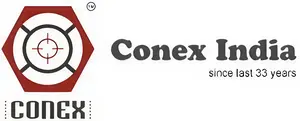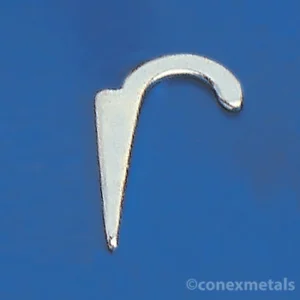Pressed Conduit Boxes
Pressed Conduit Boxes
Box Wall 1 Gang Standard Slide Nut

| Technical Datasheet | |
|---|---|
| Shape | Rectangular |
| Number of gangs | 1 gang |
| Cable entry number | 11 |
| Material | Steel |
| Surface treatment | Electro-galvanized |
| Length | 94 mm |
| Width | 54 mm |
| Depth | 39 mm |
| Location of connection | Rear |
Mounting Accessories, Wall Boxes
Metal, 2 Gang

| Technical Datasheet | |
|---|---|
| Shape | Rectangular |
| Number of gangs | 2 gangs |
| Cable entry number | 16 |
| Material | Steel |
| Surface treatment | Electro-galvanized |
| Length | 97 mm |
| Width | 95 mm |
| Depth | 39 mm |
| Location of connection | Rear |
Pressed conduit boxes, also known as pressed Steel conduit boxes or pressed metal conduit boxes, are electrical enclosures used in electrical installations to protect and house electrical connections, splices, and terminations. These boxes are typically made from sheet Steel that is formed or “pressed” into a box shape.
Key features and uses of pressed conduit boxes include:
- Material: Pressed conduit boxes are commonly made from galvanized Steel, which offers corrosion resistance and durability.
- Shape and Sizes: These boxes come in various shapes and sizes, such as rectangular, square, or circular, to accommodate different wiring configurations and installation requirements.
- Knockouts: Pressed conduit boxes have pre-punched knockouts that allow electricians to easily create openings for conduit entries and exits. This feature provides flexibility in routing electrical cables and conduits.
- Cover: Most pressed conduit boxes come with a removable cover that can be secured in place with screws. The cover protects the enclosed electrical components from dust, moisture, and other environmental elements.
- Mounting: Pressed conduit boxes typically have mounting holes or lugs that enable easy attachment to walls, ceilings, or other structures.
- Conduit Entries: They can have multiple conduit entry points on different sides, allowing for versatile wiring configurations.
Pressed conduit boxes are widely used in both residential and commercial electrical installations, providing a safe and organized way to contain electrical connections and junctions. They are commonly installed along conduit runs, at junctions, or wherever electrical splices and terminations need protection and containment.





